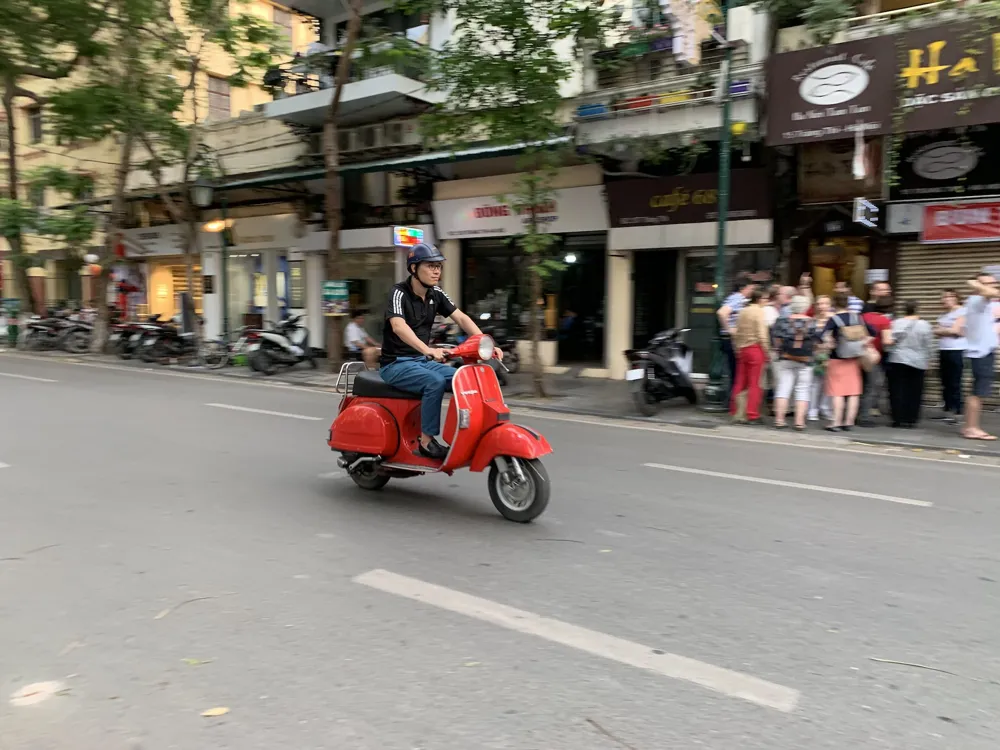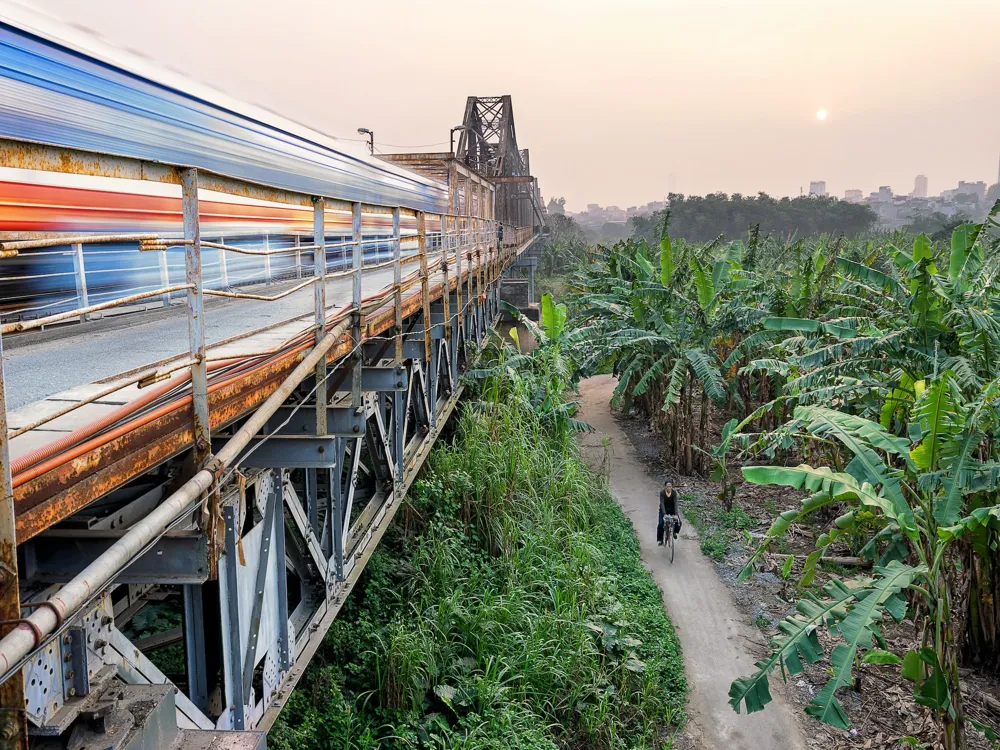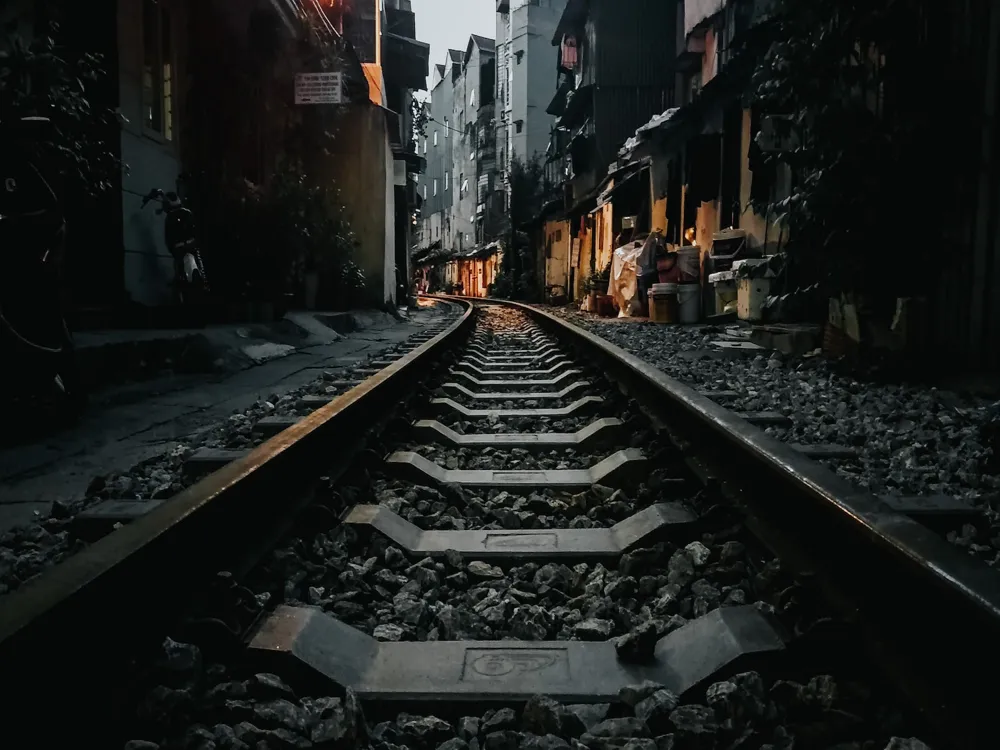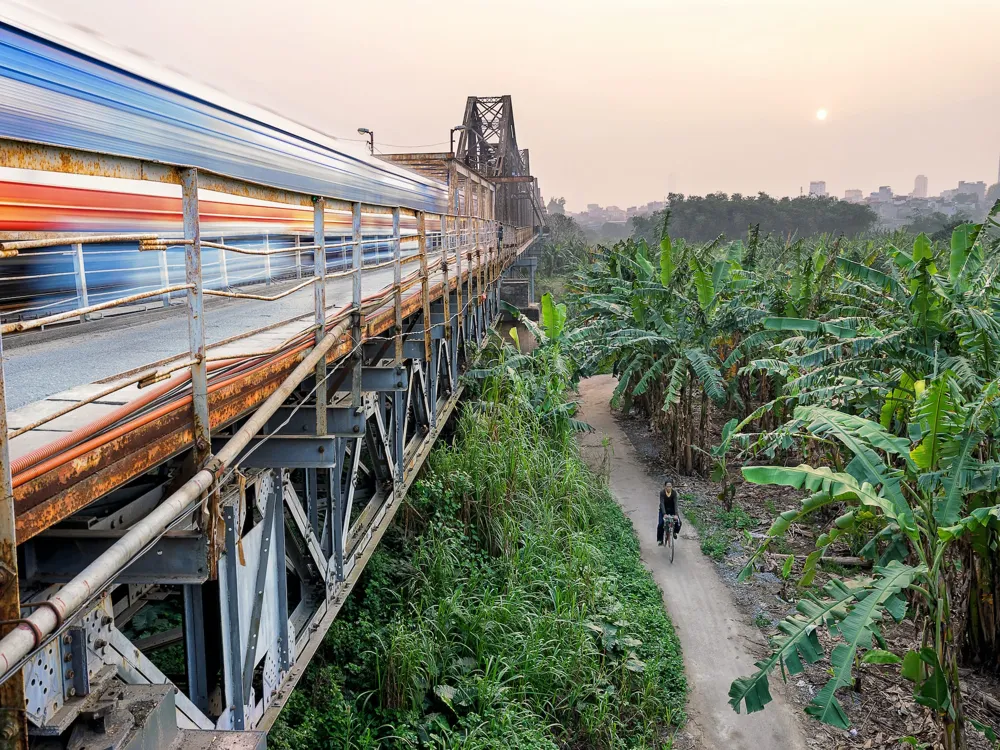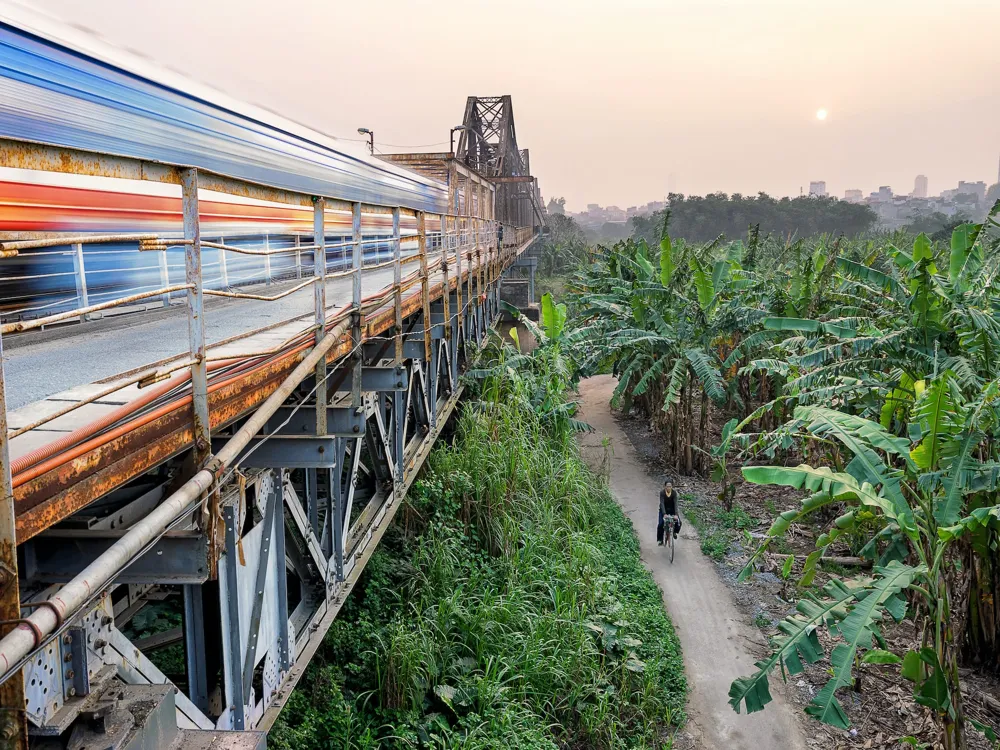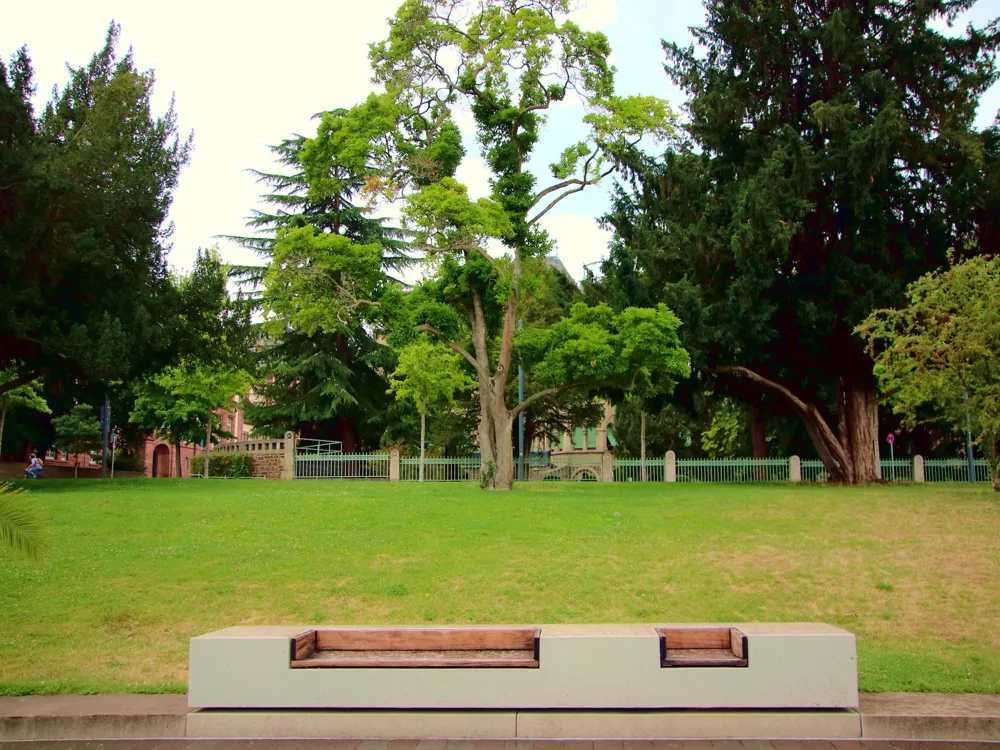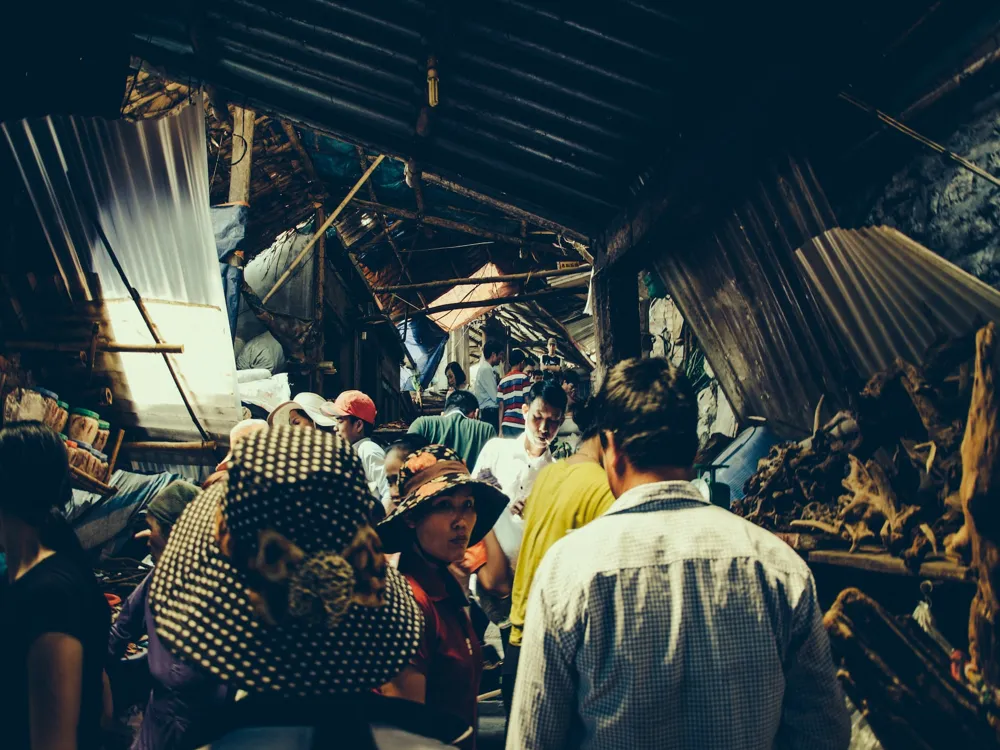Hanoi, the capital city of Vietnam, stands as a testament to a rich history entwined with cultural diversity, colonial architecture, and vibrant street life. Nestled in the heart of the Red River Delta, Hanoi harmoniously blends traditional Vietnamese values with French colonial influences, creating a unique cultural tapestry that captivates visitors from around the world. The city's historical journey from its early days as a small settlement to becoming the political and cultural heart of Vietnam is nothing short of remarkable. The streets of Hanoi are alive with the hustle and bustle of daily life, where ancient temples stand alongside bustling markets, and tranquil lakes provide a serene escape from the urban energy. The city's cuisine, a delectable fusion of flavors, offers an authentic taste of Vietnam, with street food vendors and high-end restaurants serving local delicacies that tantalize the taste buds. Hanoi's commitment to preserving its heritage, while embracing modernity, makes it an endlessly fascinating destination, beckoning travelers to explore its hidden gems and immerse themselves in its captivating charm. Hanoi's architecture is a vivid canvas displaying centuries of influences, ranging from ancient Vietnamese dynasties to French colonialism, and modern-day innovations. This architectural melange creates a cityscape that is both eclectic and harmonious. At the heart of Hanoi's architectural identity is the Old Quarter, a maze of narrow streets and alleys, lined with buildings that mirror the city's historical and cultural evolution. The French Quarter, with its grand boulevards and elegant villas, showcases the indelible mark of French colonial rule, blending seamlessly with traditional Vietnamese elements. The city's religious architecture, evident in its numerous temples and pagodas, is deeply rooted in Vietnamese history and spirituality. These structures are not only places of worship but also custodians of the nation's artistic and architectural heritage. In recent years, Hanoi has seen a surge in contemporary architecture, with modern skyscrapers and innovative designs contributing to the city's dynamic skyline. Despite this evolution, Hanoi has managed to maintain a delicate balance between the old and the new, ensuring that its architectural legacy continues to be a source of pride and inspiration. For the best experience, visit Hanoi during the spring (March to April) or fall (September to November). During these periods, the weather is pleasant with moderate temperatures, making it ideal for exploring the city. Hanoi's traffic can be overwhelming. Consider walking or using cyclos (pedicabs) for short distances. For longer journeys, taxis or ride-hailing apps like Grab are convenient and affordable. Don’t miss out on trying local street foods like Pho, Banh Mi, and Egg Coffee. Street vendors offer authentic tastes at affordable prices. Always check for hygiene and choose busy stalls for the freshest options. Respect local customs and traditions. Dress modestly when visiting temples and pagodas. It's also polite to remove your shoes before entering someone’s home or a place of worship. While English is widely spoken in tourist areas, learning a few basic Vietnamese phrases can enhance your experience and help in connecting with locals. Carry some local currency (Vietnamese Dong) for small purchases. Credit cards are accepted in most hotels and upscale restaurants, but local markets usually only accept cash. Hanoi is well-connected and accessible from various parts of the world. Noi Bai International Airport, located about 45 minutes from the city center, is the primary gateway for international travelers. Regular flights from major cities across the globe land here. For regional or domestic travel, Vietnam’s extensive railway network is a scenic and efficient way to reach Hanoi. The city is also well-connected by road, with several bus services operating from neighboring provinces and countries. Upon arrival, visitors will find an array of transport options, from taxis and buses to motorbike taxis, offering convenient ways to reach their final destination in the city.Overview of Hanoi
Architecture of Hanoi
Tips When Visiting Hanoi
Best Time to Visit
Navigating the City
Local Cuisine
Cultural Etiquette
Language Barrier
Money Matters
How To Reach Hanoi
Huu Tiep Lake and the Downed B-52
Hanoi
₹ 15,260 onwards
View hanoi Packages
Weather :
Tags : Lake
Time Required : 30 minutes - 1 hour
Planning a Trip? Ask Your Question
Hanoi Travel Packages
View All Packages For Hanoi
Top Hotel Collections for Hanoi

Private Pool

Luxury Hotels

5-Star Hotels

Pet Friendly
Top Hotels Near Hanoi
Other Top Ranking Places In Hanoi
View All Places To Visit In hanoi
View hanoi Packages
Weather :
Tags : Lake
Time Required : 30 minutes - 1 hour
Planning a Trip? Ask Your Question
Hanoi Travel Packages
View All Packages For Hanoi
Top Hotel Collections for Hanoi

Private Pool

Luxury Hotels

5-Star Hotels

Pet Friendly







